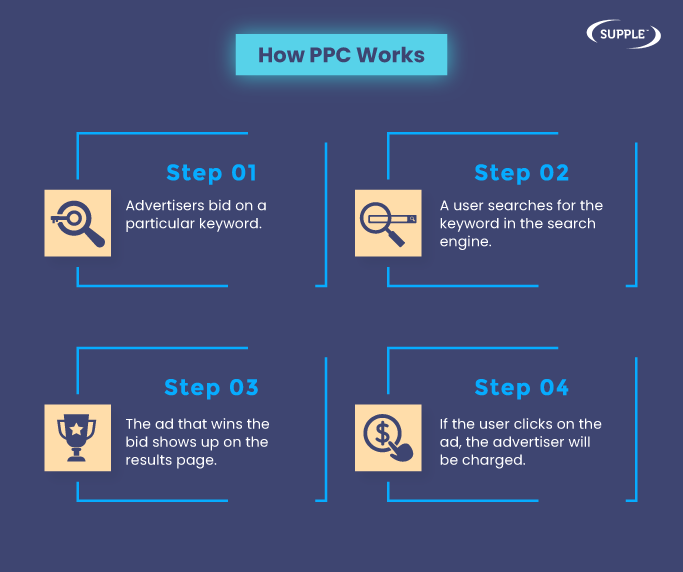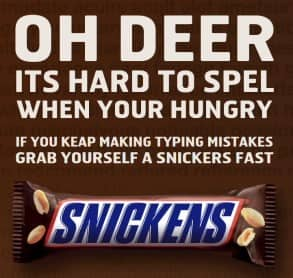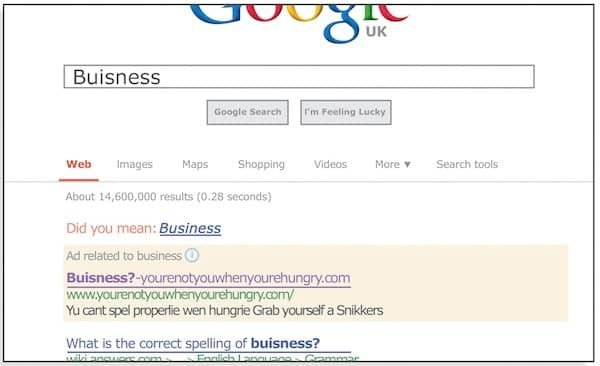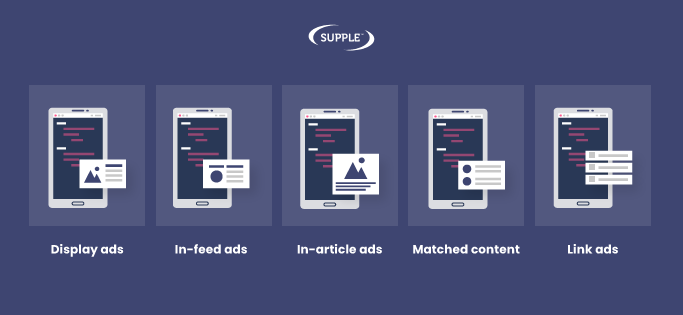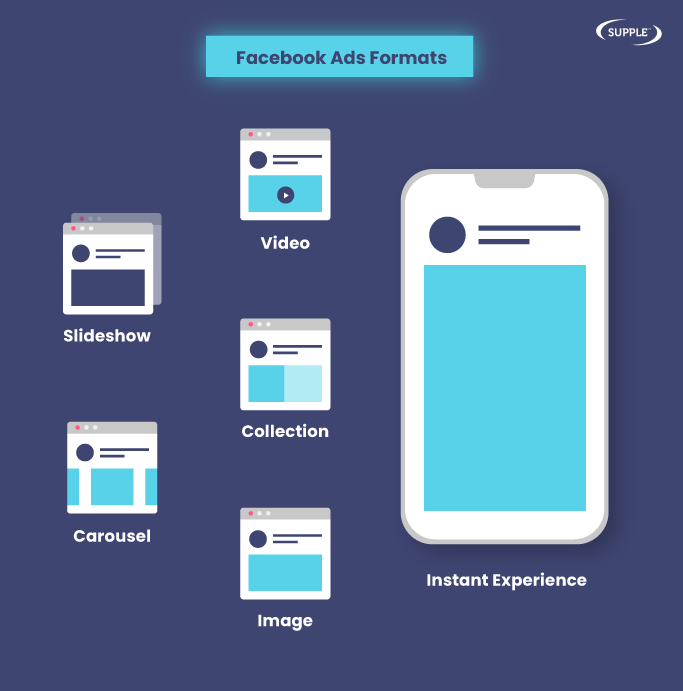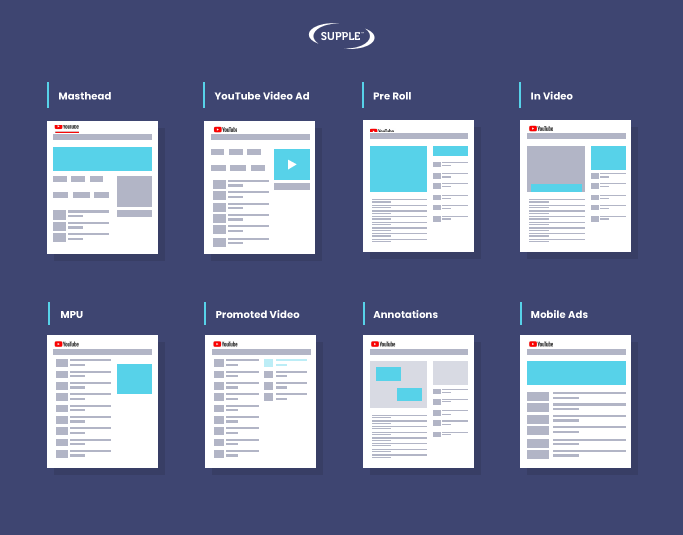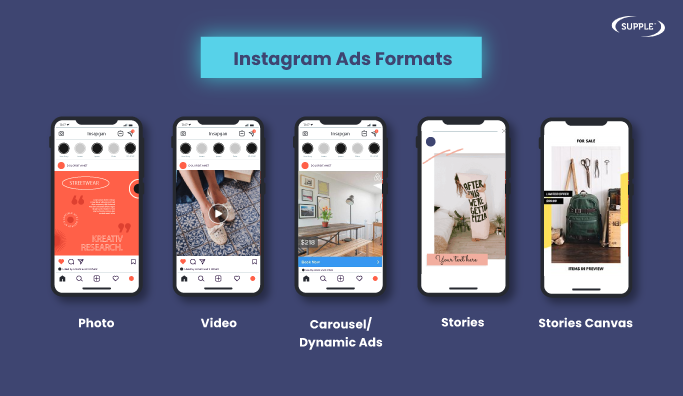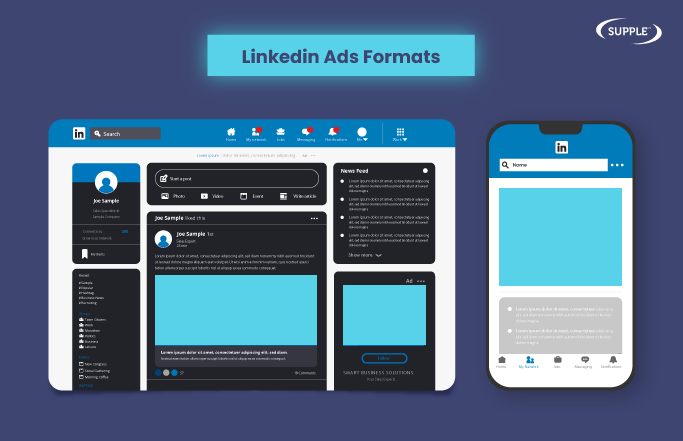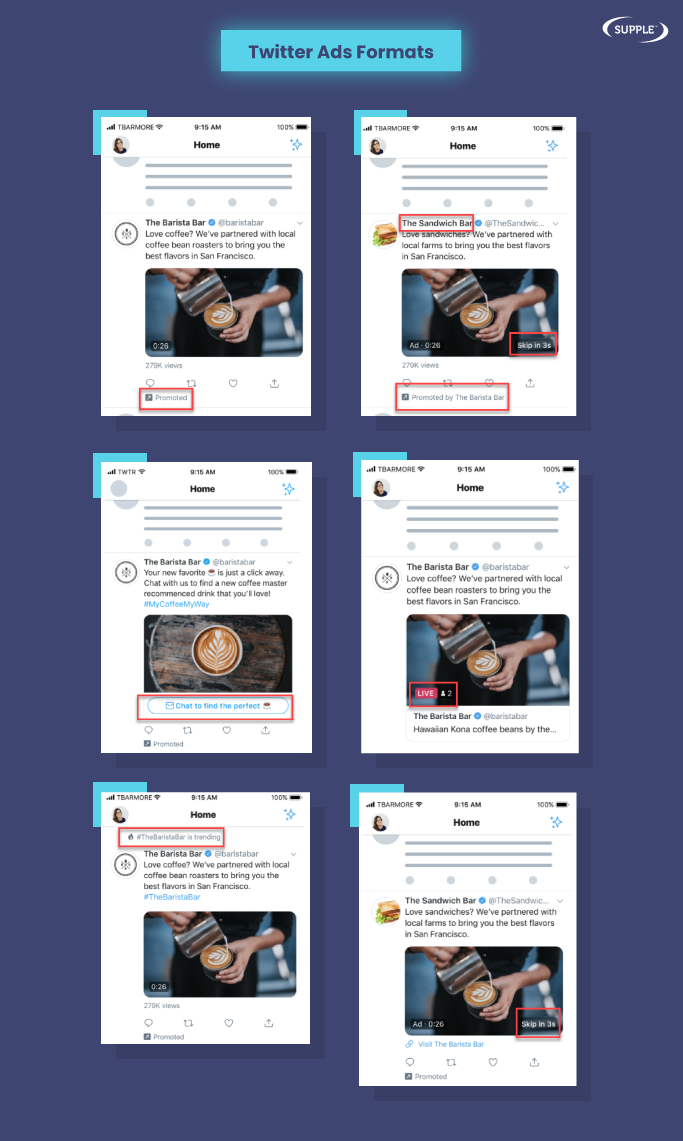PPC Advertising: A Must Read Guide Before You Begin to Invest
An abridged definition of digital marketing is the implementation of advertising strategies backed by compelling data analytics to bring results(read user attention). Digital marketers obsess about numbers all day long.
A team of digital marketers look something like this:
These guys here want to find their missing friend. But there is an evil force preventing them from getting to him.
Stick with us; this will get relevant in a minute here. We promise.
The story follows how these characters overcome the forces working against them to find their friend.
So, how does this translate into digital marketing?
Say you are an established digital marketing agency and you have a client that wants more clicks, leads, downloads, and trial registrations.
But forces are working against your clients: vague campaigns, diverting budget in the wrong direction, competition, lack of creativity, and a poorly designed website.
The guys in stranger things had Eleven helping them fight the forces. Who/what do you have?
*Enters PPC advertising*
Let us kick things off with the basics.
What is PPC?
PPC, or pay-per-click, is a model of internet marketing that lets advertisers place ads on ad platforms and pay the platform host every time their ad gets clicked. It is a way of buying visits to your site rather than earning organic visits.
The goal is to lead the user to a website or app, where they can complete an action such as purchasing a product or signing up for something.
But, you already know all this. Here’s what you don’t know.
Keyword-based advertising (pay-per-click campaigns) is like annual investments. It has a relatively low investment cost and provides instant results compared to other marketing projects like maintaining site-wide search engine optimisation.
Unfortunately, advertising only works while the ads are in place—once your campaign ends, your premium slot on content networks or SERPs evaporates.
Dispelling the Myth!
It’s a myth that paid ads help you improve your organic rankings in search results.
The fact is: You can’t buy organic rankings. PPC only buys you a place to display your ads above the organic results until your campaigns last.
Where are the PPC Ads Hosted?
Search engines are popular host platforms that allow advertisers to display ads relevant to user interests. They have fixed ad spots to post ads. Advertising services operate with real-time bidding, where marketers sell advertising inventory in a private automated auction using real-time data.
How Does PPC Advertising Work?
An auction is triggered when a user searches for something on the search engine. If advertisers are interested in showing ads related to the search query, they can bid on it. The ones that win appear on the SERP.
Advertisers can use platforms like Google Ads to get involved in these auctions. They will simply need to set up their ads and determine when and where they would like those ads to appear.
You can further categorise ad accounts into campaigns based on locations, product types, etc., for ease of management. You can further divide these campaigns into ad groups that contain relevant ads and keywords. Here are the aspects that your PPC will depend on:
Keywords
Keywords are the primary entities that connect advertisers to user search queries.
Queries refer to the words that users type into the search box of a search engine to find results. These search queries are prone to irregularities caused by multiple factors such as spelling mistakes.
On the other hand, keywords are the words marketers use to target users by matching their search queries. Keywords work as general abstractions of a wide range of search queries, including the ones with irregularities. Depending on these keyword match types, advertisers can match search queries.
For instance, you can choose to match keywords with search queries. The match can be exact or with variations of the keywords such as misspellings, abbreviations, different orderings of the words, the inclusion of other related words etc.
You can also use negative keywords to prevent ads from being triggered by search queries containing those keywords to avoid relevant traffic.
Handpicked Related Content: Focusing on User / Search Intent for SEO is the Ultimate SEO Hack
Ad Campaigns
Along with keywords, advertisers need to prepare ad creatives for their campaigns.
If your ads win the auction, your users will directly see them. The ads typically contain headlines, descriptions, and a URL.
These ads assemble within ad groups that target a shared cluster of keywords organised by common themes. On the SERP, your ads can be at the top-most result or the bottom-most.
Pro-Tip:
Try and test different versions of your ad copy and see which one performs best.
Some services also provide ad extensions to help advertisers enhance the appearance of ads. Ad extensions can make the ads more engaging for users and increase visibility.
Example: Snickers (You’re Not You When You’re Hungry)
The marketing team at Snickers obtained a list of the top 500 search terms. They then generated a list of 25,381 different misspellings and bid for those terms. It brought them a surprising amount of traffic for this campaign.
In just two days, Snickers reported 558,589 ad impressions and a click-through rate of 1.05%. A total of 5,874 visitors made their way to the campaign's mini-website:
yourenotyouwhenyourehungry.com.
Budgets & Bids
You must decide how much you want to spend on a given keyword. You can use budgets at a campaign level and bids at the keyword level.
Ideal practice: Set monthly budgets at a campaign level.
Multiple advertisers also use automated bidding strategies where you can set a specific goal (or end goal) for their campaign and then have the platform determine the most appropriate bid for each auction.
Keep in Mind:
You would think that the amount paid by the advertisers depends on the maximum bid. But that is not true. The amount paid by the advertisers depends on the competitor's activity and ad rank, not just the maximum bid.
Ad Rank
Winning the auction requires more than just having the highest bid. Search engines look at other factors to determine ad rank. For instance, Google considers:
- Bid amount.
- Ad quality and relevancy.
- User search context (such as the user's device and time of day).
- Ad format
Ad relevance is essential, and Quality Score can determine it. The higher the score, the lower the CPC (cost-per-click). Its components include:
- Historical click-through rate (CTR)
- The keyword to ad relevancy
- The keyword and ad relevancy to a search query
- Landing page quality
Beware:
Advertisers who bid on keywords with lower Quality Scores can get penalised by search engines. Their ads would rarely show up on the SERPs, despite high bids.
Hence, it is crucial to have engaging and relevant ad copy with high-volume keywords. Make sure you do not overlook the landing page quality either. Ads that point to sites with poor UX also show up less often.
Keyword Targeting
Choosing the right keywords ensures that the ads reach relevant users. You can also use these other targeting options:
- Device targeting
- Location targeting
- Day and time targeting
- Demographic targeting
It enables advertisers to target users on their mobile devices or between a specific age group and within a certain radius.
Why is Keyword Targeting Valuable?
It might generate better results because of its variations, as ad copies might perform better for a particular group of users. So, it makes sense to identify and target your niche audience.
Bids can be adjusted automatically for keywords based on targeting options. It would give advertisers more control over traffic and spending by bidding when customers are more valuable to the business.
Conversions
Driving traffic is a primary goal.
Conversions are—what most advertisers would agree— THE REAL END GAME!
Common examples of conversions are:
- Purchasing a service
- Signing up for a newsletter
- Placing a phone call
- Opting for a demo or free trial, etc.
How to Track Conversions?
Conversion tracking can be tricky because conversion paths are more complicated than a simple click on an ad and a direct purchase. They often include multiple searches and site visits or lead to actions like contacting the brand directly.
Search engine platforms like Google Ads can track conversions using a code snippet placed into the source code of the conversion page to collect the conversion data.
Reasons to Invest in PPC Advertising
There are four main reasons why PPC is a practical marketing channel:
1. Drive Traffic to Your Website
SEO and content marketing are great ways to drive traffic and capture leads. But, in both strategies, you can’t control the results. Your post may get thousands of views, or it can end up getting 20 visitors altogether.
Additionally, your pages may also get outranked with changes in search algorithms.
On the other hand, with PPC campaigns, your visitors are directly tied to the amount you spend. The search engine algorithm becomes less of a factor here. It works on a simple principle:
Spend more, get more visitors.
If you want 100,000 visitors, you can get precisely that.
Therefore PPC is beneficial if you want to drive instant traffic on any of your websites.
Here’s an interesting take on how PPC drives valuable traffic:
Are you missing out on valuable website traffic? 📉#PPC drives sales and brand awareness through multiple media platforms and allows you to measure your ROI - which you can't do with many traditional marketing methods. 🔧
— connective3 (@Connective_3) January 31, 2022
Here are 3 things you didn't know about #PPC 👇💰#ads pic.twitter.com/qS4x1sNKGg
2. Target Potential Customers Precisely
As we discussed in the earlier section, targeting specific demographics is extremely important. You will only want to target the audience that might be interested in your offerings.
You would usually only want to pay for clicks from people who are likely to buy from you, and all PPC platforms allow you to do that.
You can choose the place and time your ads appear and also choose exactly what kind of audience sees them. PPC is the only marketing channel that enables such precise targeting.
Example: Converse’s “Domaination” Campaign
Converse, the global footwear brand, took an innovative approach to connect with its teenage audience online. Thye used Google Adwords to get into any given moment in the culture by becoming relevant and fostering ‘converse-ations,’ rather than selling their products directly.
Their campaign targeted search terms that prospective customers might be searching for—like:
- [First day of summer]
- [Spelling bee]
Instead of an ad, they started a dialogue through the ad copy. Its multiple interconnected sites engaged users in a deeper content-rich experience.
3. PPC Ads are Immune to Changes in Algorithm
Despite numerous Google algorithm changes and 200+ ranking factors, getting traffic from search engines is simpler through PPC advertising. With PPC ads, you do not have to worry about algorithm changes. You only need to think about how well your campaigns perform.
4. PPC Campaigns Can Scale Easily
If you want to drive more traffic from your campaigns, you will only need to pump more money into them. The same, however, cannot be said for other marketing methods.
However, campaigns will not work out magically. You will need a full-proof plan and strategies. You will need to have precise user demographics and plan about what you are trying to achieve and how.
Top Platforms to Run PPC Ads
Google Ads
Billions of searches per day take place on Google's search engine. The large volume of searches and many websites on the Google Display Network makes Google Ads one of the most popular ad networks.
"Google Ads display ads appear on over two million websites and in over 650,000 apps, so your ad can show up wherever your audience is."
The search and display campaigns enable demographic targeting based on age, gender, parental status, location, etc. It allows a more relevant targeting for the advertisers and SEO agencies by narrowing the available reach.
Placements: Google search engine results, web placements on the GDN, Google shopping, mobile apps, and YouTube
Ad Formats: Text, image, responsive, video
Pricing Model: Cost-per-click (CPC) model based on competition and ad quality. GDN allows Cost-per-1,000 impressions (CPM).
Facebook Ads
With more than 2.93 billion people using Facebook every month and nearly 1.7 billion users daily, Facebook offers a lucrative opportunity for marketers to augment their PPC efforts.
Facebook ads offer a granular user targeting with demographics, interests, surfing behaviours, and more. You cannot achieve this level of niche targeting on Google or Bing. Hence, it makes Facebook ideal for campaigns with niche targeting goals.
Facebook supports retargeting through user activity on and off Facebook through Facebook pixel data and uploading customer lists. Facebook Audience Network on mobile supports multiple videos and display formats such as native, interstitial, rewarded, and in-stream video.
Placements: Facebook, Instagram, Messenger, and Audience Network, Facebook mobile properties
Pricing Model: Cost per the desired action, based on the bid, estimated action rates, and ad quality.
Ad Formats: Video, image, carousel, slideshow, canvas (mobile)
YouTube Ads
YouTube reaches over two billion logged-in users per month globally. Therefore, it is an excellent opportunity for advertisers to reach their audience. Advertising on Youtube is very different from running a PPC campaign.
Youtube enables campaign creation and management through the Google Ads platform. It allows audience targeting through Google Display Network.
Advertisers can target viewers based on their Google search history. Hence Marketers can now target ads at users who recently searched for a similar offering.
Placements: YouTube
Pricing Model: Cost-per-view model where each view can cost between $0.10 and $0.30, depending on your industry and target keywords
Ad Formats: Skippable in-stream ads, non-skippable ads, bumper ads, video discovery ads
Instagram Ads
27% of users find new products through paid social ads.
Instagram ads have the potential to reach 1.2 billion people or 20% of the world's population over age 13. They appear throughout the app, including in users' feeds, stories, explore, reels, IGTV, and more.
Instagram ads look similar to regular posts but contain a "sponsored" label to indicate that those are advertisements. They also often have more features—links, CTA buttons, product catalogues—than regular posts.
Placements: Instagram feeds and stories
Pricing Model: Cost per the desired action, based on the bid, estimated action rates, and ad quality
Ad Formats:
Image, stories, video, carousel, collection, explore, IGTV, shopping, reels
LinkedIn Ads
Among the 690 million+ members on the Linkedin platform, four out of five members have the power to impact business decisions. Hence, by using Linkedin ads, you can guarantee that your brand's voice makes its way to the right audience of influential decision-makers with 2x the buying power of online audiences.>
Through LinkedIn, you can target professionals through criteria like job title, seniority, company, and many more.
Placements: LinkedIn, LinkedIn Audience Network, mobile apps, and ad exchanges
Pricing Model: CPC model based on the competition and ad relevance, CPM, and Cost-per-send (CPS)
Ad Formats: Dynamic ads, text/image ads, Sponsored inmails, Video ads
Twitter Ads
Twitter is a great advertising channel for driving traffic and generating leads. It offers several options to reach its 330 million active users every month.
63% of Twitter users follow small businesses—it is no wonder companies can see actual growth from this platform. Twitter does not have any network partners for ads. Promoted tweets are probably one of the most flexible ad formats as they can include any combination of text and other media that comply with the overall policies.
Placements: Twitter - browser and app
Pricing Model: CPC model
Ad Formats: Promoted tweets (text, images, GIFS, videos), promoted accounts, promoted trends
7 Things to Consider Before Investing in PPC
Jumping into PPC without asking the right questions can lead you to throw a part of your investment into the dumpster fire of unchecked assumptions.
Even if all the signs of your strategies point to growth, investing a fixed time for a test drive is crucial to determine whether it is worth investing at scale.
1. What are Your Goals for the Marketing Campaign?
As with any marketing effort, it is crucial to establish the business goals for your campaigns first. In PPC, this is particularly essential because those goals often define the structure of your campaigns.
For instance, one way to structure a PPC campaign is to pitch it in places based on where people are in your marketing funnel. Figure out what you want to achieve with your paid search campaigns.
Ask yourself the following questions:
- Is it to build awareness about your brand?
- Is it to generate more leads or conversions?
- Is it to increase your already existing sales?
- Do you want to raise the average order value of your cart per customer?
- Or do you want to upsell to your existing customers?
- Do you want users to take a particular action like installing or downloading?
- Is this a brand and loyalty-building tactic?
In short, whatever your goals are, map them out first!
Key Question to Ask:
Will PPC help you move your potential customers through the top, middle, and bottom funnel in their buying journey?
2. Have You Defined Your Buyer Persona?
The first step in determining whether you should invest in PPC is to find how the audience interacts with your offerings. It is not possible without defining the buyer persona. To define buyer persona correctly, think about the following aspects:
Buyer Behaviour
A well-defined buyer journey—usually broken down into different stages, will tell you the crucial aspect that turns a stranger into a customer. Hence it should be data-backed and accurate.
The user's behaviour is crucial when evaluating whether PPC can drive more customers for you. Here's why:
- If your audience only chooses solutions like yours through close personal networking, investing in PPC would reap little to no results in terms of customer acquisition.
- If your customer makes instant, impulsive decisions with a relatively short sales cycle, PPC may be an excellent vehicle to drive new purchases. For instance, eCommerce products like apparel, household appliances, etc.
Audience Type and Targeting Parameters
If your audience is top industry leaders or says Fortune 500 CEOs and managers, PPC will be arduous.
On the other hand, if you are selling gym wear to high-income sports enthusiasts, PPC might be an excellent effort to bring in more leads.
There is one thumb rule for PPC:
You need to have an audience large enough and accessible enough for an ad network to match them with your ads.
Therefore make sure you know your audience type and targeting parameters accurately!
User/Audience Intent
Take a close look at the user intent. Find out what search queries are associated with each phase of the buyer journey.
Once you do that, look at the keyword volume, level of competition, and cost-per-click. Evaluate whether the keyword has adequate search volume to meet your traffic goal.
3. Did You Define the Target Keywords for PPC?
Keyword targeting entirely depends on answers to the above two questions. Determining the targeting keywords will not be difficult if you know your end goals, user intent, and buyer persona.
Let's peel back the layers of possible intent.
- TOFU (Top-of-the-funnel) or awareness stage: Users could be researching whether what they want exists or not. For such an audience, you can target a keyword that is a broad topic but begins a specific search. For example, “gluten-free diet.”
- MOFU (Middle-of-the-funnel) or consideration stage: Prospects could be deciding whether something is worth investing in or not. Hence your keyword could look something like, “gluten-free diet benefits.”
- BOFU (Bottom-of-the-funnel) or decision stage: Users know what they want and are looking for providers who can help them with the same. The bottom of the funnel keyword pertaining to gluten-free foods could be phrases like – “gluten-free bakery near me”.
- They could be just random users looking for certain technologies on the search engine just because they are curious about it–in which case, they are not a lead.
Clarify the user intent and define the keywords for your campaign accordingly.
Handpicked Related Content: The Complete Guide to Keyword Mapping for Every Stage of the Sales Funnel
4. Do you have a Sufficient Advertising Budget?
The next question to ponder upon is the anticipated ROI. Here are some key metrics that help assess whether PPC is a viable method for your business:
- Cost-per-click (CPC)
- Lifetime Value of a Customer (LTV)
- Customer Acquisition Cost (CAC)
When you start spending money on PPC, CAC will go up. You can estimate cost-per-click with potential audience targeting parameters, keywords and competitors. It is how much you will pay for each click you earn. You can identify the cost range based on the competition.
Once you anticipate the CPC, you will start figuring out the level of spending you will need to drive new customers.
How?
Let’s understand this by a hypothetical example.
For instance, your CPC estimation is $1. Now figure out how many of those clicks will turn into leads. Say your conversion rate comes out to be 1%.
It means you will spend $100 to generate one new lead conversion. Therefore if you want to generate ten conversions every month, you will need to spend at least $1000 a month. Make sure you have the budget clarity and availability.
5. Are your Target Landing Pages Optimised for the Campaign?
Your best campaign structures, compelling graphics, and so on will not make a difference without optimised landing pages.
Landing pages are the marketing term for web pages created for conversion. It is a good idea to send users to a landing page that matches the intent articulated in the ads rather than sending them to generic product pages.
A good landing page provides a cohesive and intuitive journey for a stranger to get acquainted with what you have to sell. While creating a PPC landing page ensure that:
- It is relevant to the user query
- You create the content and visuals keeping buyer persona in mind
- The CTA emotionally resonates with your audience so that they convert
Think About UX!
Research by Forrester points out that positive UX can increase conversions by up to 400% and reduce page abandonment by 41%.
The logic here is simple—when you create a page keeping visitor intent and user experience in mind, the likelihood of seeing a conversion is higher.
Here’s a compelling debate on landing pages, websites, PPC, and user experience.
I just finished a #PPC audit w/ this issue & I don't think this can be overstated.
— Brad Geddes (@bgtheory) July 6, 2022
A Poor PPC account will occasionally get conversions w/ a good website. A Great PPC account can fail w/ a poor website. Make your site user/conversion friendly before you spend money on marketing
Consider the mobile landing page speed factor, for example. Mobile surfing makes up a majority of ad clicks and searches. Therefore, it is critical to have landing pages load quickly on all devices and provide a good UX relevant to their search queries.
To get visibility into how your landing pages are performing, you can take help from:
- Mobile-friendly click rate
- Valid AMP [Accelerated Mobile Pages] click rate
Lastly, if your end goal is to acquire leads, you must have a clear CTA on your landing page! You will also need to serve a user-friendly experience and optimise your landing page according to your demographics.
Handpicked Related Content: 9 Elements of a Conversion-Worthy Landing Page Experience
6. Do you have the Expertise, Marketing Capabilities, and Infrastructure to Execute Your PPC campaign?
To adequately compete in a crowded PPC market, you need more than just a few ad designs and a website where you drive visitors.
Here are the elements involved in creating a successful PPC campaign that you must have:
- Compelling offers
- Ad creatives
- Landing pages
- Email nurture tracks
- Tracking infrastructure
- PPC strategy
- Setting up and monitoring
- The right marketing talents
7. Do You Have a Plan for Testing and Optimising Your PPC campaign?
You will not buy a car without taking a test drive. Why do that to your PPC?
Take some time, and see how these things function within the established testing period.
What is an ideal testing period?
There are a couple of areas to commit to while establishing a testing strategy:
- A target budget for spend
- A set period
Typically you should establish minimum monthly spending based on keyword bids, audience targeting parameters, and estimated competitor budgets. And from that and keeping the overall marketing budget in mind, you can determine an amount for your campaign.
Go Paid!
Whether you're a new player in the market or have been in the industry for a while, PPC can be a good boost for your business. It can get you the much needed initial traction while you’re still building your brand authority through content marketing and SEO.
Takeaway?
Apply the lessons from this guide, build a great PPC campaign, and have fun while you do it.
Be creative. Be unique. And Take your PPC game to an entirely new level.
If you are confused about where to start, get in touch with us. Let’s discuss all things PPC for your website.
DIGITAL MARKETING FOR ALL OF AUSTRALIA
- SEO AgencyMelbourne
- SEO AgencySydney
- SEO AgencyBrisbane
- SEO AgencyAdelaide
- SEO AgencyPerth
- SEO AgencyCanberra
- SEO AgencyHobart
- SEO AgencyDarwin
- SEO AgencyGold Coast
- We work with all businesses across Australia
